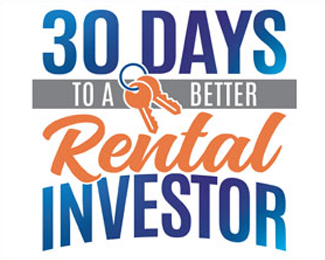

How to Analyze Deals Like a Real Estate Investor (Not a Dreamer)
If you want to succeed in real estate investing, it’s not enough to just dream about owning properties and making big money. You need to analyze deals like a pro—with facts, numbers, and clear criteria. Here’s how to move beyond wishful thinking and start evaluating deals with confidence.
1. Know Your Investment Goals
Before looking at any property, clarify your goals. Are you:
- Looking for steady cash flow through rental income?
- Interested in quick profits through flipping?
- Building long-term wealth through appreciation?
Your goals will shape how you analyze deals and what metrics matter most.
2. Understand the Numbers That Matter
Real estate investing is a numbers game. Focus on these key metrics:
- Purchase Price: What you pay for the property.
- After Repair Value (ARV): What the property will be worth after any renovations.
- Repair Costs: How much it will cost to fix up the property.
- Monthly Rent: Expected rental income.
- Operating Expenses: Taxes, insurance, maintenance, property management, vacancy reserves.
- Cash Flow: Rent minus all expenses and mortgage payments.
- Cap Rate: Annual net operating income divided by purchase price—measures investment return.
- Cash-on-Cash Return: Annual cash flow divided by the actual cash invested.
- Loan Terms: Interest rates, down payment, and loan duration.
Tools That Help You Invest Smarter, Not Harder
3. Run the Numbers — Not Just in Your Head
Use a spreadsheet or real estate analysis tools to plug in all the numbers. Don’t guess or assume—get realistic estimates on repairs and expenses.
4. Calculate Your Maximum Allowable Offer (MAO)
For flips or rehab deals, use this formula:
MAO = ARV × 70% – Repair Costs
This rule of thumb helps ensure there’s enough margin to cover costs and still make a profit.
5. Consider Market Trends and Location
Numbers alone aren’t enough. Research the neighborhood:
- Is the area appreciating?
- Are rents rising or stable?
- What’s the vacancy rate?
- Are there upcoming developments that might impact value?
6. Run Multiple Scenarios
What if repair costs go up? What if rents drop? Test different scenarios to see how sensitive your deal is to changes.
7. Trust Data Over Emotion
It’s easy to fall in love with a property’s charm or vision, but always let data guide your decision. If the numbers don’t work, walk away—even if the deal “feels” right.
8. Learn From Experienced Investors
Join local real estate groups or online forums. Watch how seasoned investors analyze deals and learn from their successes and mistakes.

Final Thought: Real estate investing isn’t about dreaming big without a plan. It’s about detailed deal analysis, hard numbers, and clear goals. When you master these, you’ll stop chasing fantasy deals and start making smart, profitable investments.
Stop Dreaming—Start Analyzing Like a Real Investor
Real estate success isn’t built on emotion or guesswork—it’s built on numbers.
Coach Carson’s Rental Property Analysis course gives you the tools to confidently evaluate cash flow, ROI, cap rate, and more—so you can separate solid investments from risky duds. Whether you’re just starting or want to sharpen your deal analysis skills, this course shows you how to think like a professional investor.
📊 Learn how to run the numbers that actually matter
🧮 Includes calculators, templates, and real examples
💰 Avoid rookie mistakes and invest with clarity






